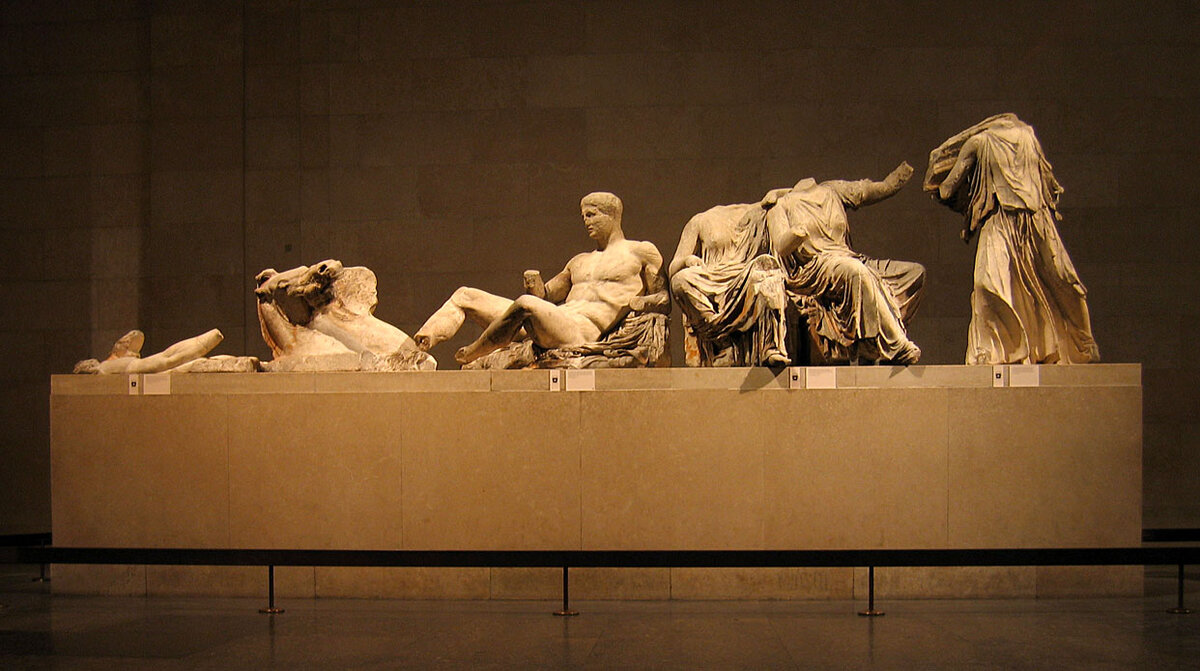In the hallowed halls of the British Museum in London lies a collection of classical Greek marvels, known as the Elgin Marbles or, in more formal terms, the Parthenon Sculptures. These ancient artifacts, once proudly adorning the Parthenon and other structures on the Acropolis of Athens, have become the epicenter of a longstanding international controversy.
An Ode to Antiquity: Birth and Migration of the Marbles
Crafted under the masterful hands of the revered sculptor and architect Phidias in the 5th century BC, the Elgin Marbles found their purpose in venerating Athena, the goddess of war and wisdom. Their residence adorned not only the Parthenon but also graced other architectural wonders on the Acropolis of Athens.
In the early 19th century, Thomas Bruce, the 7th Earl of Elgin and British ambassador to the Ottoman Empire, orchestrated their migration to England between 1801 and 1812. Though Lord Elgin asserted having received permission from Ottoman authorities in Athens, this claim has been a point of contention.
Echoes of Discord: The Enduring Controversy
For over two centuries, the presence of the Elgin Marbles within the British Museum has sparked intense debate. Greece staunchly maintains that the marbles were either unlawfully or unethically acquired and rightfully belong within their borders. They advocate for a unified display alongside other Parthenon antiquities in the Acropolis Museum, asserting the intrinsic cultural value of this reunion.
Contrastingly, the UK government and the British Museum argue that the marbles were obtained through legal means. Their return, they contend, could set a precedent jeopardizing collections in major museums worldwide. The British Museum, they argue, provides a comprehensive contextualization, allowing a broader view of these ancient treasures in conjunction with other significant cultures.
Frozen in Time: The Current Stalemate
As the Elgin Marbles remain under the guardianship of the British Museum, the dispute reached a formal impasse in 1983 when the Greek government sought their return. The dispute escalated to UNESCO, yet the UK government and the British Museum rejected mediation offers. In 2021, UNESCO urged the UK government to engage in intergovernmental dialogue, a call that remains unanswered.
The ongoing discourse between UK and Greek officials echoes through time. Against the backdrop of broader discussions on colonial legacies and restitution, the Elgin Marbles symbolize the intricate challenges of preserving cultural heritage and navigating historical accountability.
The Elgin Marbles, with their exquisite craftsmanship and historical resonance, cast an enduring spell on global audiences. Beyond their physical abode, they force us to grapple with profound questions about cultural ownership, historical responsibility, and the nuanced dance between past and present. As we marvel at their beauty, the enigma of the Elgin Marbles beckons us to contemplate the intricate tapestry of our shared human history.

